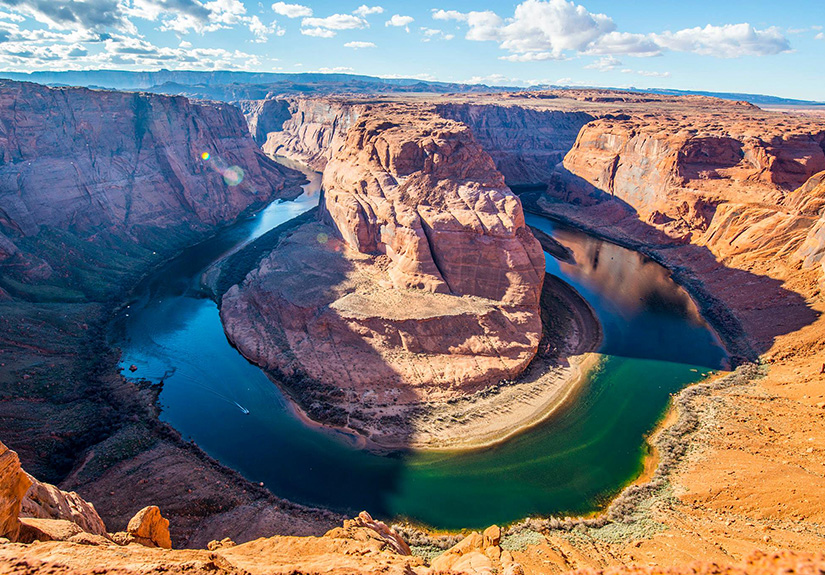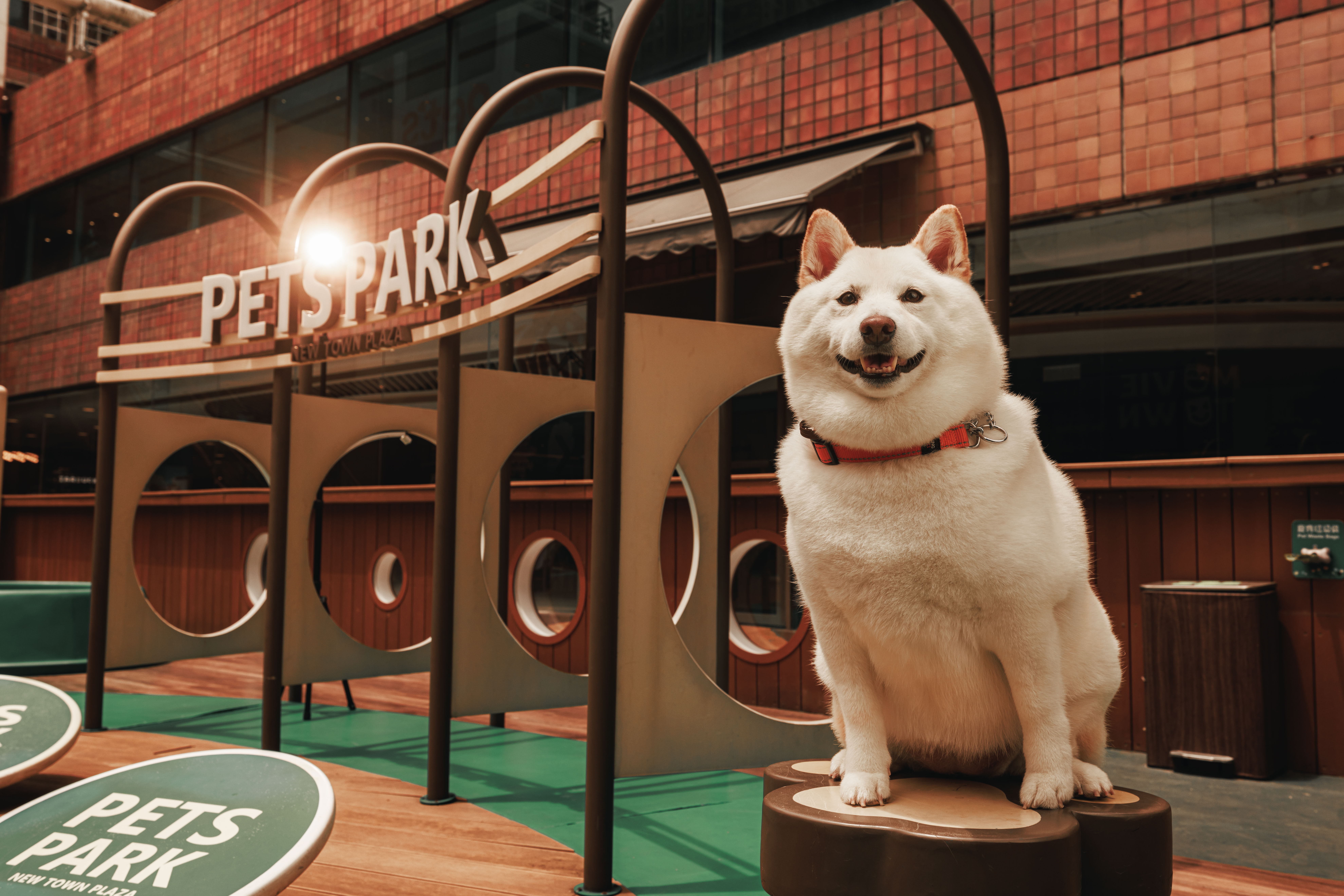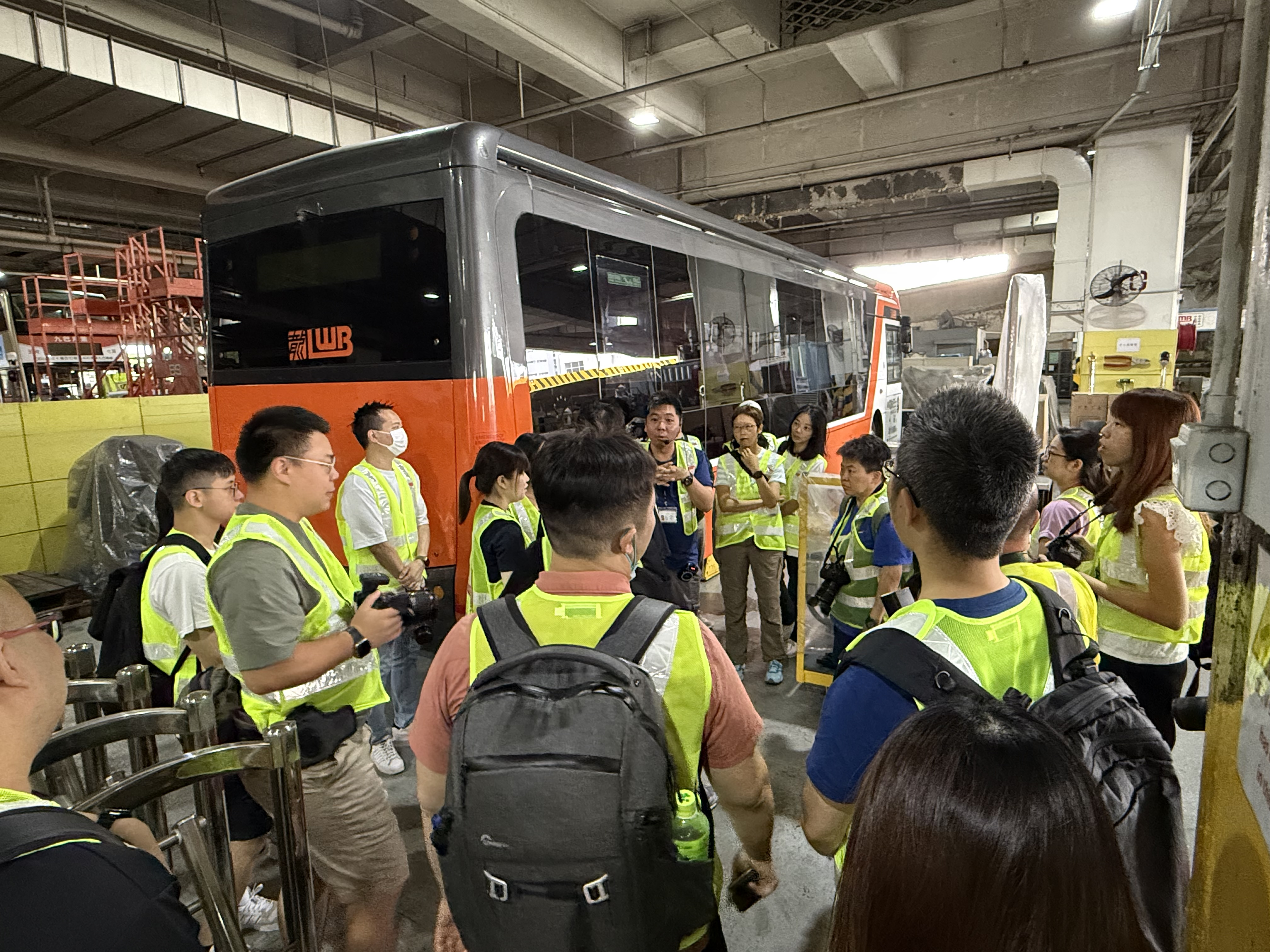Capturing Magnificent Architecture
In addition to the exotic landscape, local culture and people, historic sites and landmarks are definitely on your list of shooting during your trip. How can we turn these magnificent, splendid architectures into one-of-a-kind photos? Let’s read on to learn more about the skills and tips!
Different Characteristics of Lenses for Different Expressions
Most famous architectures are built in special shapes and facades. We should make good use of the lens’ characteristics to further outstand the uniqueness of the architecture. An ultra wide-angle lens can create a strong sense of perspective that makes foreground objects appear bigger while background objects smaller. If we angle the camera up and shoot, the subject will look extremely tall and huge in the photo.

The Eiffel Tower looks more magnificent under a wide-angle lens
Title:《Cyber Paris》 Club Canon Member: Elaine Tam
EOS 5D Mark III • EF 16-35mm f/2.8L II USM • 30s • f/20 • ISO 200
Title:《Cyber Paris》 Club Canon Member: Elaine Tam
EOS 5D Mark III • EF 16-35mm f/2.8L II USM • 30s • f/20 • ISO 200

The ultra wide angle of view of an ultra wide-angle lens enables us to capture the entire interior environment despite the confined space. The church in this photo looks spacious and stately
Title:《聖蘇菲亞大教堂》 Club Canon Member: Marcus
EOS 5D Mark II • EF 16-35mm f/2.8L II USM • 1/400s • f/4 • ISO 3200
Title:《聖蘇菲亞大教堂》 Club Canon Member: Marcus
EOS 5D Mark II • EF 16-35mm f/2.8L II USM • 1/400s • f/4 • ISO 3200
The visual compression that comes from using a telephoto lens can eliminate the sense the space, making objects look closer to each other and can reveal the buildings’ facades in a faithful way. Besides, a telephoto lens can be used to take feature shots of the tiny details of architecture to accentuate the passing of time, such as sculpture on the eaves and the peeled walls.

Title:《Classic city》 Club CanonMember: Zulu Lo
EOS 5D Mark II • EF 70-200mm f/4L IS USM • 1/320s • f/7.1 • ISO 400
EOS 5D Mark II • EF 70-200mm f/4L IS USM • 1/320s • f/7.1 • ISO 400
To capture well-known landmarks with a twisted perspective and create photos that look extraordinary, a fisheye lens is what you need. The Circular fisheye effect* can produce exaggerated distortion and curves to vertical architecture, resulting in dreamy photos that look like the landmark is being absorbed into a crystal ball.
*When used with EOS Full-Frame DSLR cameras
*When used with EOS Full-Frame DSLR cameras

Title:《美麗島車站》 Club Canon Member: Carmen Yeung
EOS 5D Mark II • EF 8-15mm f/4L Fisheye USM • 1/125s • f/4 • ISO 320
EOS 5D Mark II • EF 8-15mm f/4L Fisheye USM • 1/125s • f/4 • ISO 320
Create Mood with the Use of Light
While the use of different lenses can make an architecture look magnificent or modest in the photo, the use of light is the key to control the mood. In the morning, the use of front lighting can reveal an architecture’s details, while a side lighting can add a sense of depth. If an architecture features a whimsical shape or contour lines, we can decrease the exposure compensation level to create silhouette shots to accentuate the distinctive features. The below two photos of Reichstag Building in Berlin were taken at different times. Both feature the glass dome of the building but look vastly different in terms of style.

Sunlight shines over the mirrored dome in daytime. The Reichstag Building looks modern and vibrant with bright and pleasant ambient light
Title:《德國國會大廈》 Club Canon Member: Connie
EOS 6D • EF 24-105mm f/4L IS USM • 1/500s • f/8 • ISO 400
Title:《德國國會大廈》 Club Canon Member: Connie
EOS 6D • EF 24-105mm f/4L IS USM • 1/500s • f/8 • ISO 400

This silhouette shot shows the beautiful structure of the building. The vivid and splendid sunset sky adds a romantic mood to the photo
Title:《天際的夢想》 Club Canon Member: flying_snake
EOS 5D Mark III • EF 24-105mm f/4L IS USM • 1/100s • f/6.3 • ISO 400
Title:《天際的夢想》 Club Canon Member: flying_snake
EOS 5D Mark III • EF 24-105mm f/4L IS USM • 1/100s • f/6.3 • ISO 400
Create a Focus Point for the Architecture
Although the architecture is the main subject of the photo, a shot with only the building may seem boring and unattractive. Try to observe more and include some interesting objects or human from the surrounding environment to enrich the composition and create an eye-catching focus point for the photo. Let’s get more inspirations from the below photos taken by Club Canon members!

This photo leads the eyes of viewers and creates a sense of magnificence with the tall tower pointing towards the sky
Title:《向著天空的樹》 Club Canon Member: Terry Mui
EOS 5D Mark II • EF 35mm f/1.4L USM • 1/500s • f/6.3 • ISO 100
Title:《向著天空的樹》 Club Canon Member: Terry Mui
EOS 5D Mark II • EF 35mm f/1.4L USM • 1/500s • f/6.3 • ISO 100

A pond in front of the museum or even the ground after rain can be useful for capturing photo with reflection. A calm water surface can create better reflection that looks clear and bright. Shorten the exposure time if the water shivers in the wind. You can refer to the article “Guide to Mirror of the Sky Photography” for more shooting tips
Title: 《Mus?e du Louvre Mirror》 Club Canon Member: tomax
EOS 5D Mark III • EF 24-105mm f/4L IS USM • 30s • f/14 • ISO 100
Title: 《Mus?e du Louvre Mirror》 Club Canon Member: tomax
EOS 5D Mark III • EF 24-105mm f/4L IS USM • 30s • f/14 • ISO 100

This photo captures the reflection of an amusement attraction in the city off the glass curtain walls of a skyscraper
Title:《colorful refection》 Club Canon Member: Sam
EOS 60D • EF-S 17-55mm f/2.8 IS USM • 1/320s • f/8 • ISO 200
Title:《colorful refection》 Club Canon Member: Sam
EOS 60D • EF-S 17-55mm f/2.8 IS USM • 1/320s • f/8 • ISO 200

By adding people into the composition, this photo tells a better story of the place
Title:《英國溫莎堡》 Club Canon Member: Janny Yau
EOS-1D X • EF 16-35mm f/2.8L II USM • 1/640s • f/2.8 • ISO 320
Title:《英國溫莎堡》 Club Canon Member: Janny Yau
EOS-1D X • EF 16-35mm f/2.8L II USM • 1/640s • f/2.8 • ISO 320

By adding a seasonal touch such as red leaves and sakura, this photo of Japanese ancient temple looks more vital and vibrating
Title:《大開眼界》 Club Canon Member: MIZU KELVIN
EOS 5D Mark II • EF 85mm f/1.8 USM • 1/2000s • f/8 • ISO 320
Title:《大開眼界》 Club Canon Member: MIZU KELVIN
EOS 5D Mark II • EF 85mm f/1.8 USM • 1/2000s • f/8 • ISO 320

This photo is a combination of static and dynamic element. The moving traffic light trail captured by using a slow speed shutter depicts the vibrant city scene
Title:《London》 Club Canon Member: Chit Chan
EOS 5D Mark II • EF 24-105mm f/4L IS USM • 25s • f/20 • ISO 100
Title:《London》 Club Canon Member: Chit Chan
EOS 5D Mark II • EF 24-105mm f/4L IS USM • 25s • f/20 • ISO 100




